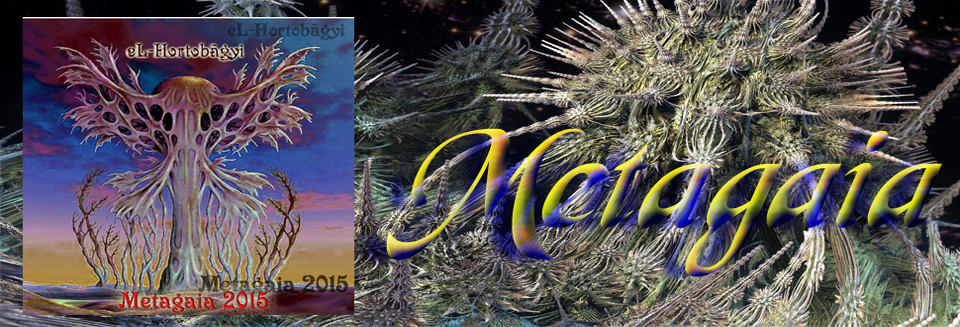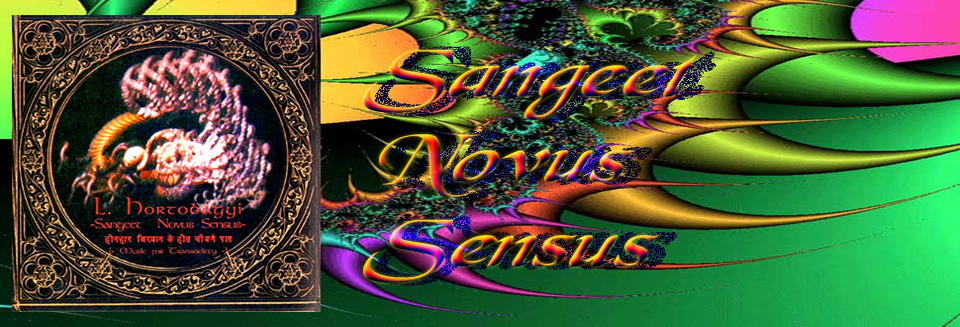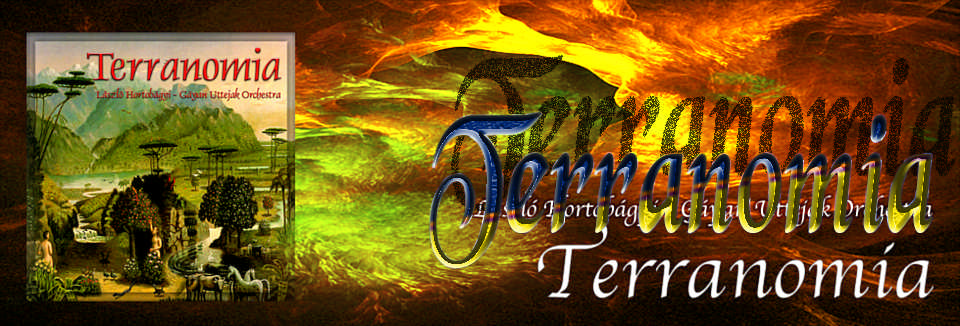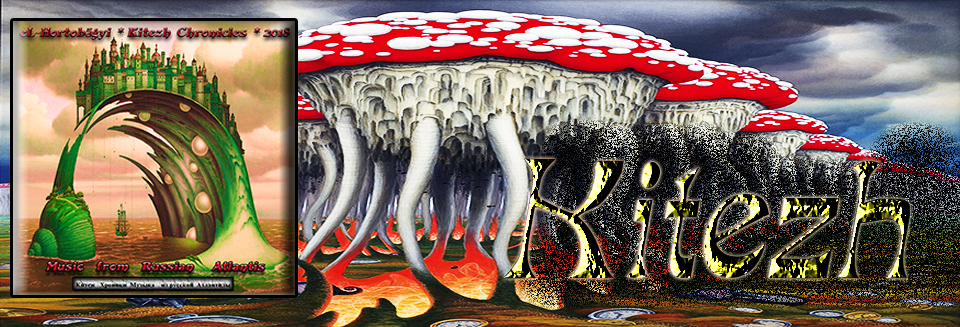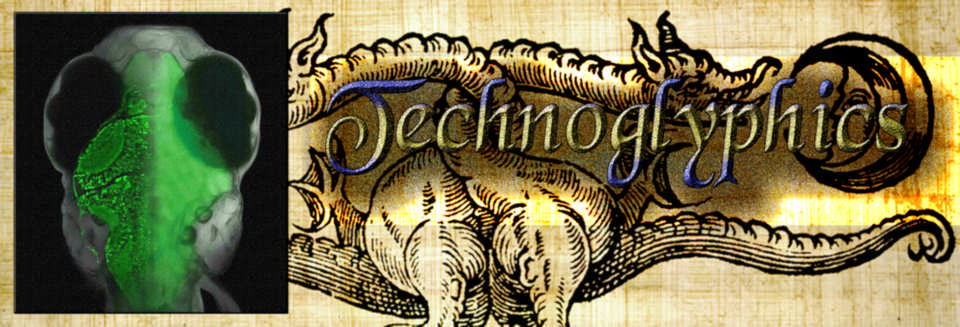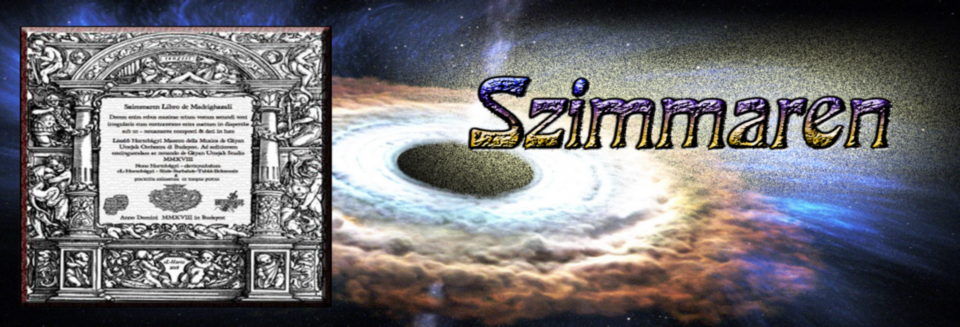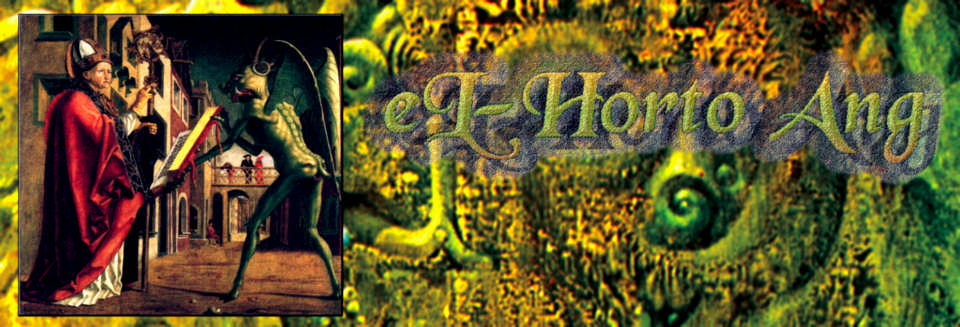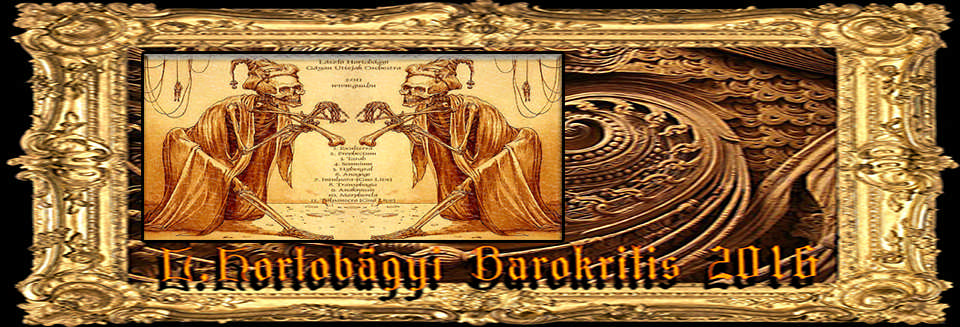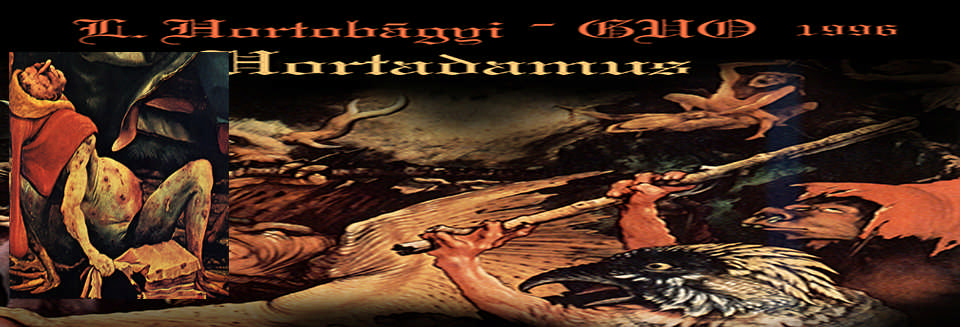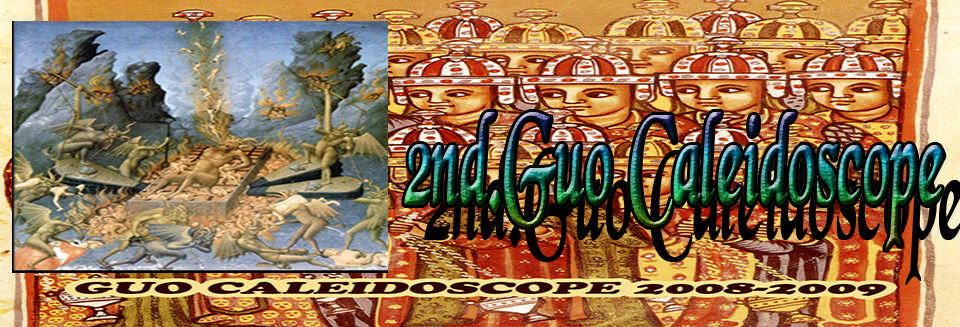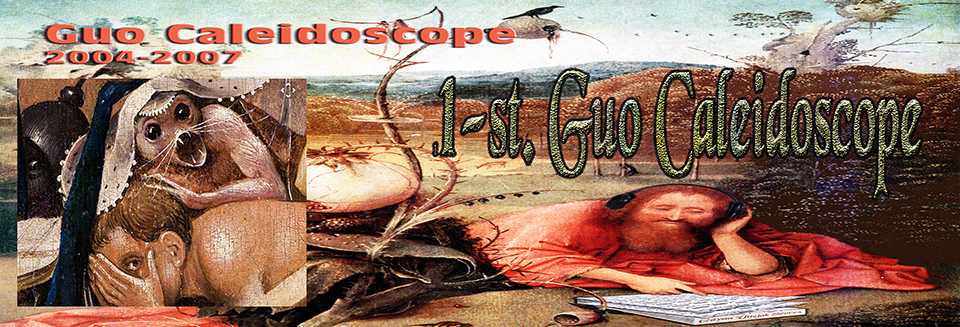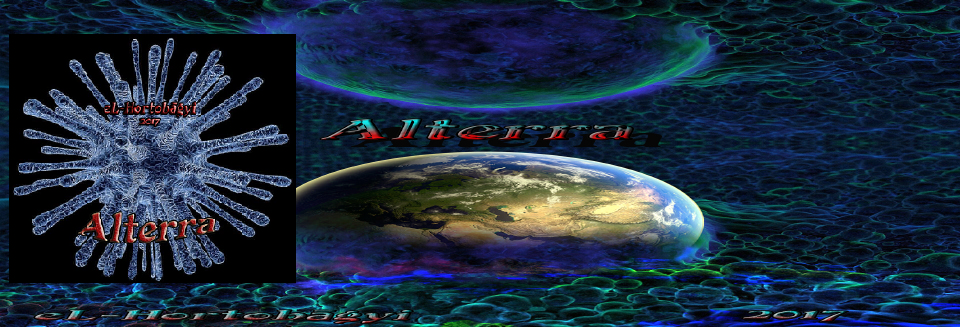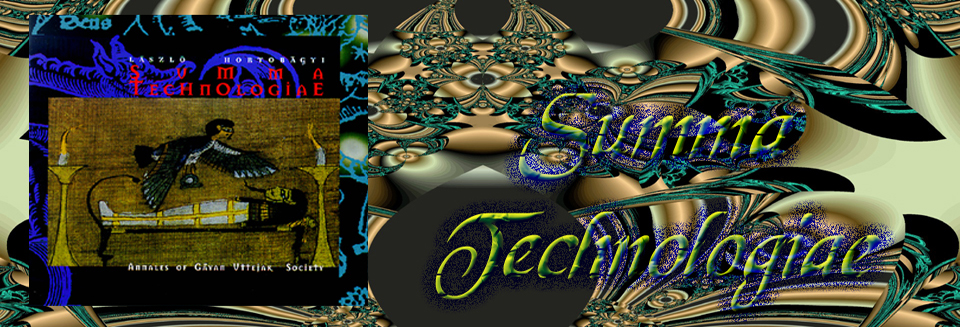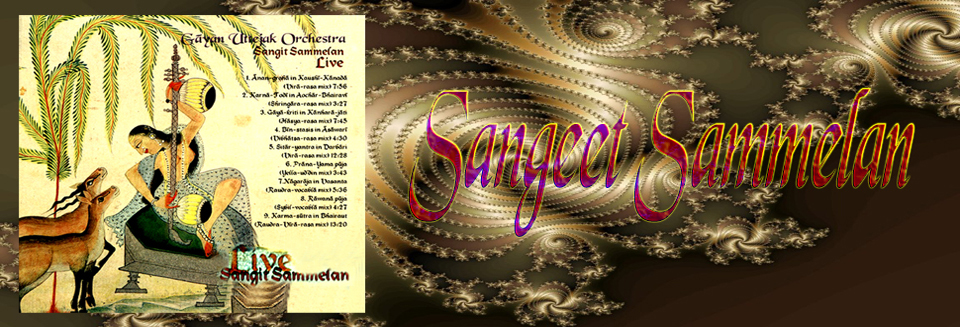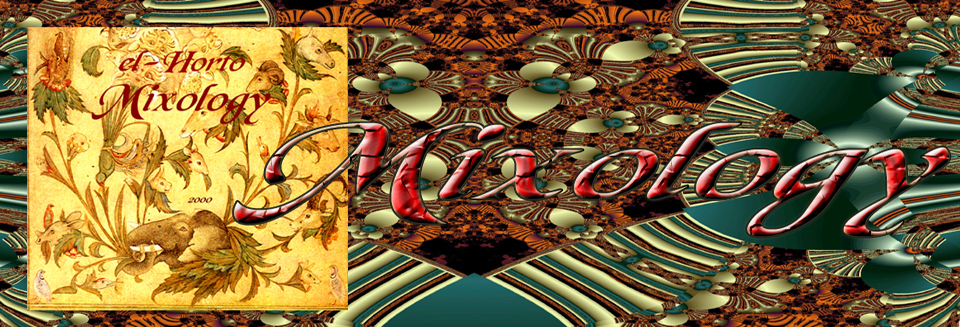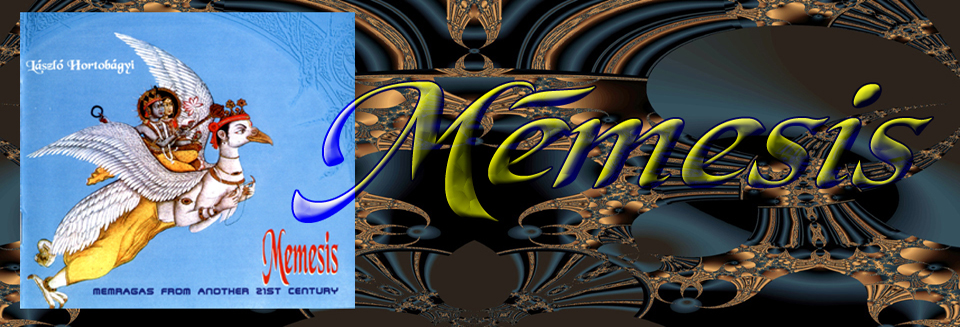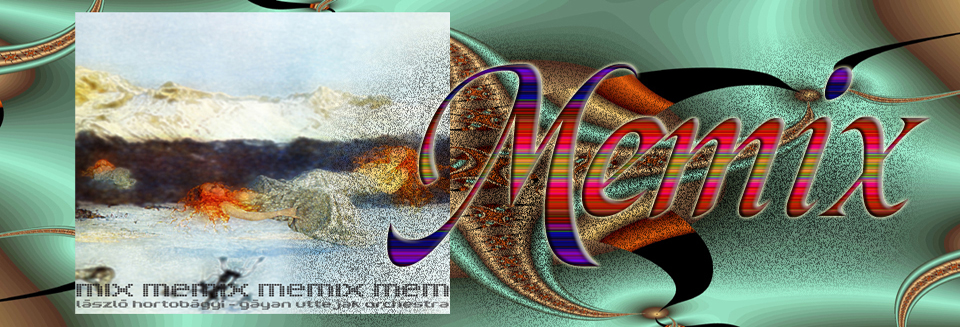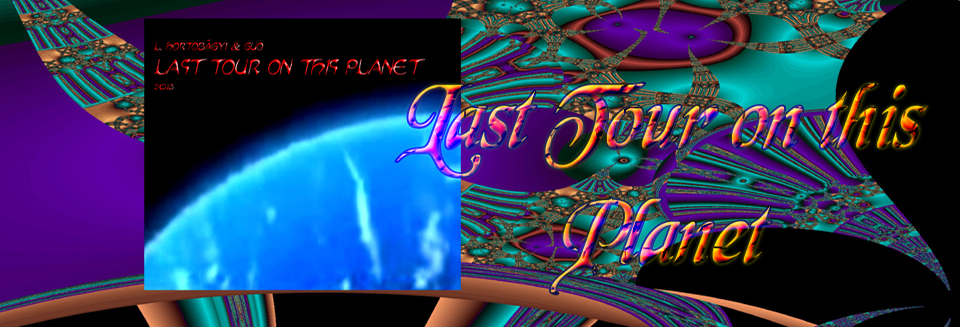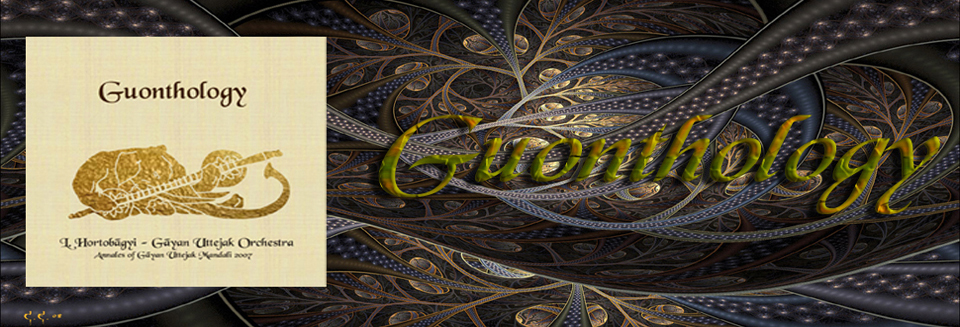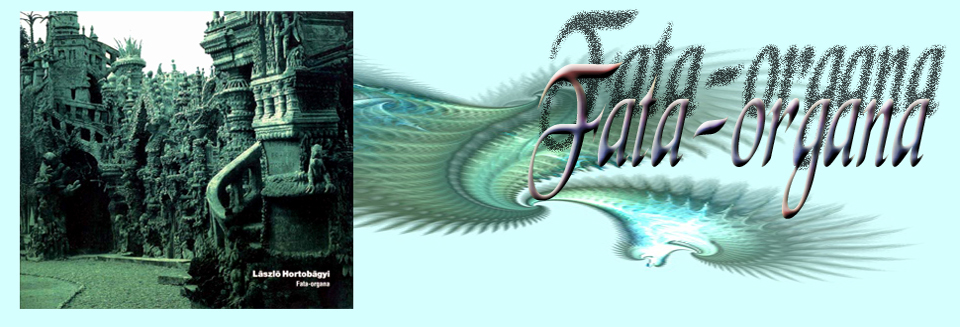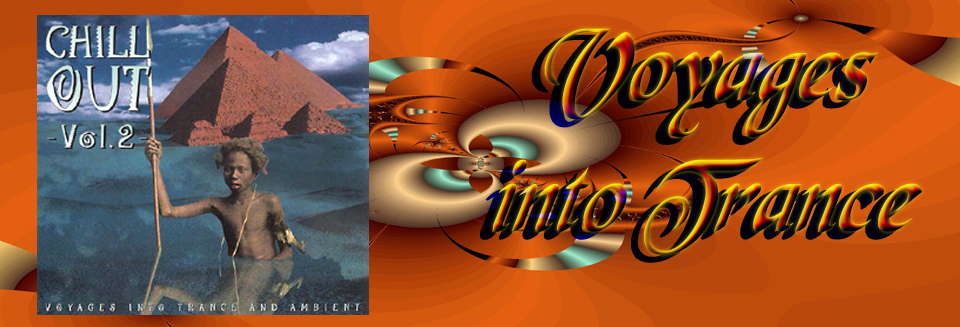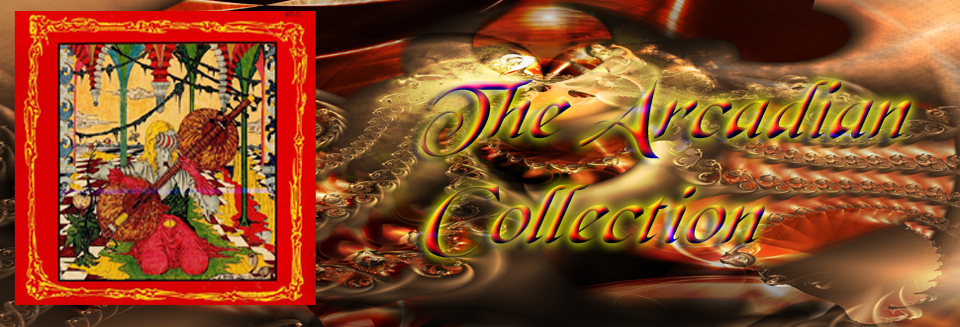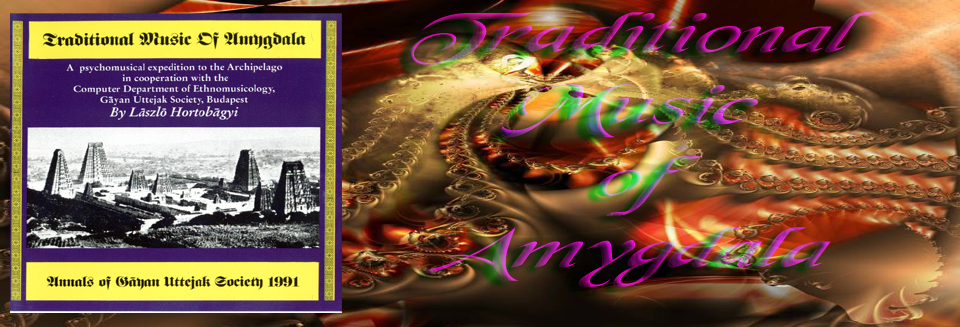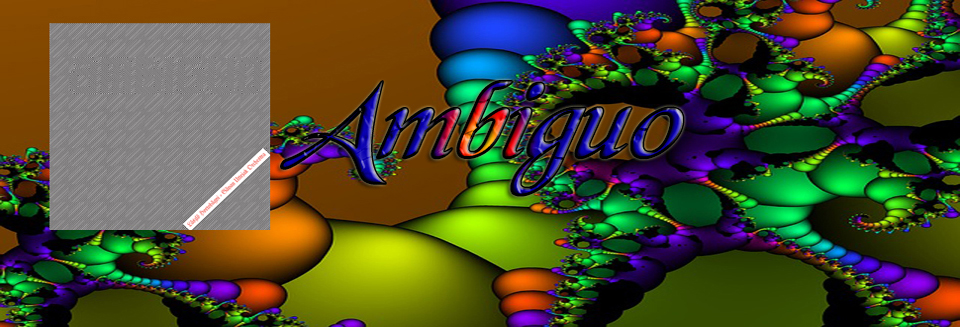
Mythology:
When two modal tonalities meet as a karmaline-stimulator brainwave on the dissection table of multitempi polyrhytmics, so that it is permeating the oyster mantle like phosphorescent gamma globulin in the brain and the colloid-glossy brain-fat of mēmetic sulci of the inhalator, exercising the yōgāsanā of The Book of Destiny’s protocol, thus setting the levitation chakra, the clattering world-wheel of the Galaxy’s corrotational radius into motion, along the synchronized tsunami of theta brain waves generated by that way. Hibernova is an experimental pilotfish-piece of a multidimensional audiostasis-universe, that will describe, by means of breaking open its musical-physical laws and as a faithful mirror of earthlings’ demented collective subconscious, the feast of collective paroxia rewriting the alienation of actual transhuman worlds and being traceable only in the socio-psychozoicum of human psyche, that is the possibility of discovering each other and of a real “communio-parousia” becoming true during its orgy that never takes place in the life on earth.
Thoughtfully:
Its basis is, among others, the Indo-European tempo-polyphony developed by el-Horto, where the base of rhythmic rotation of “levitation polivertigo” is the musical practice of applying a rhythmic-periodic system (tāla) learned from Asian high-cultures, that is a referential rhythmic dimension where the repetitional forms of deviations from and returns to it – regulated by the prevailing culture – will preserve the law of standard musical language. In the past traditions of Asian music cultures, the sequences of polarity changes are equal to the two-dimensional musical space having both positive and negative phases, that have been created in this way, so, in the musical practice, the block like, periodic and linear building of standard language materials, fossilized through collective repetitions, is taking place within the possible physical frames of polyrhythmic dimension. In the developed European musics, where the measures are asymmetric, and the relative music is structured according to its individual and polyphonic-melodic priorities “in itself” (symbolizing the world of the “Western Hero”), there the musical “rotation” (rhythmic samsāra) will take place aperiodically in the melodic dimension, consequently not in the Asian type polyrhythmic space, so it has a totally different “Euro-white-human-like” meaning and is conscious in a different way then in the former (arche)type. This is the only way how in the European contemporary music the multidimensional-vertical polyphonic blocks of musical dramaturgy can come to existence in a one-dimensional space, as opposed to the multidimensional musical-rhythmical compositions of the periodic Asian time structure that is created along both phases of the rhythmical timeline, still being linear-horizontal. At the same time, I state that the derivation of European “levitation polivertigo” is, as a matter of fact, a fantastic European idea appearing after Carl Friedrich Gauss (1777-1855), where the polyphonic line of melody, in this way similarly to the concept of imaginary numbers, will structure not the time but its momentary (imaginary) expansion-clothing, the harmonic onion-skins of layers of spatial frequency according to the rules of contemporary modal tonality, consequently it is not the time that is linear-Asian type and real time, but its harmonic timeblock structures, wrapped in the solitons of vertical time layers. In a nutshell: the multilevel polyrhythmic arrangement of linear blocks of Asian rhythmic periods and the structure originating from their consonance and becoming periodically detached from the measure are multidimensional, because, as compared to origin tempo and periods, it changes polarities, tempi and measures in a regulated way, and it will rise, as compared to the periodic starting points, and become detached from them, but after expiration of the determined ratios and durations fall back again on the watch-tower like pillars having the same durations. On the other hand, the European melodic polyphone system will arrange the current “Ding an Sich” blocks into layers during the not identically periodic fractions of time. In the spatial alloy of Hibernova, despite the Western tradition, the passage between rhythmic and modal spaces can be established, here the levitational structure will break through the plains controlled by melodies, but at the same time, the systematized rotation and turbulence of periodic ratio of duration controlled by melodic substance will also survive. It is conditional on possession of all those knowledges that makes it possible to alloy the European system having globalized its tempered harmonies that once used to be in minority in the music culture of the Earth, with the unparalleled traditions of Asian way of musical thinking being in the process of disappearing.
*****************************************
Mythology:
Mikor két modális hangnem sorstimulátoragyhullámként találkozik a több tempóju poliritmia boncasztalán hogy az a sorkönyvi protokoll āsanā-ját gyakorló inhalátor agyában a mēmetikus barázdák kocsonyás csillogású agyzsírjában mint foszforeszkáló gammaglobulin szétáradjon az osztigaredőzetben és beinditsa a levitációs chakra, azaz a karma-k korrotációs körének a humanoidok által lakott galaxisában kattogó világkerekét, az igy létrejövő theta agyhullámok szinkronizált cunami-ja mentén. A Hibernova egy többdimenziós audiósztázis-univerzum kisérleti pilótahal darabja, amely a zene fizikai törvényeinek szétfeszítése által a földlakók megbomlott kollektív tudatalattijának hű tükreként ábrázolja a jelenlegi transzhumán világok elidegenedettségét átíró és csak az emberi psziché sociopszichozoikumában fellehető kollektív paroxia ünnepét, tehát az egymásratálás a földi létben soha be nem következő orgiáján megvalósuló valós communio-parousia lehetőségét.
Thoughtfully:
Ennek alapja többek közt az eL-Horto által kifejlesztett “indoeurópai” tempópolifónia, ahol a”levitációs polivertigo” ritmikai forgásának alapja az ázsiai magaskultúrákból eltanult ritmikai periodus rendszer (tāla) alkalmazásának zenei gyakorlata azaz egy olyan vonatkoztatási ritmus-dimenzió, amelytől való, – a mindenkori kultúra által – szabályzott eltérések és visszatérések ismétlésszabályai konzerválják a köznyelvi törvényt. Az ázsia zenekulturák múltbéli hagyományaiban a polaritásváltások sorozatai egyenlőek az így létrejővő – pozitív és negatív fázissal bíró – kétdimenziós zenei térrel, ezért a zenei gyakorlatban a kollektív ismétlések által megkövesedett köznyelvi anyagok tömbszerü, periodikus és lineáris épitkezése történik a poliritmikai dimenzió lehetséges fizikai keretein belül. Azokban a fejlett európai zenékben ahol az ütemek asszimetrikusak és a vonatkozó zene sajátértelmüen individuális polifon-melodikai prioritásai szerint struktúrálódik (the world of the “Western Hero“), ott a “forgás” a melodikai dimenzióban történik aperiodikusan, tehát nem az ázsiai tipusú poliritimikus térben, igy az teljesen eurofehéremberien másértelmü és másként is tudatos mint előző – arche – tipusban. Kizárólag ílymódon jönnek létre az európai kortárs zenékben a lineáris-individuális dramaturgia polifonhaladványai az egydimenziós térben, szemben a periodikus ázsiai időstruktúra többdimenziós, tehát a ritmikai idővonal mindkét fázisában létrejövő zenei-ritmikai struktúrákkal. Ugyanakkor azt állítom, hogy az európai “levitációs polivertigo” leszármaztatása valójában Carl Friedrich Gauss nyomán megjelenő fantasztikus európai gondolat, ahol a melodia-polifon vonal ilymódon az imaginárius számok képzetéhez hasonlíthatóan nem az időt struktúrálja, hanem annak pillanatnyi (imaginárius) kiterjedését-ruházatát, térbeli frekvencia rétegeinek összhangzattani hagymahéjait a mindenkori modális hangrendszer szabályai szerint. Tehát nem az idő lineáris – ázsiai tipusú, hanem annak függöleges-vertikális tömbstruktúráját. Összefoglalva: az ázsiai ritmikai periodusok lineáris tömbjeinek több síkú – poliritmikus elrendezése és az azok együtt hangzásából származó – a mérőütéstől periodikusan elszakadó struktúra az több dimenziós, mert az origó tempo és periodushoz képest szabályzottan vált polaritást-tempót és mértéket, ezért a periodus kezdéspontokhoz képest felemelkedik és elszakad azoktól, de meghatározott arányok és idötartam eltelte után zuhan vissza eme azonos időtartamú őrtorony oszlopokra. Ezzel szemben az európai melodikus-polifon szisztéma a mindenkori “Ding an Sich” tömböket struktúrálja vertikálisan az időnek nem azonosan periodikus részidejében. A Hibernova zenei térötvözetében a nyugati hagyomány ellenére létrejön a ritmikai/modális terek közötti átjárás, itt a levitációs szerkezet áttöri a dallamvezérelt síkot, ugyanakkor megmarad a melodikai anyag által vezérelt, de ugyanakkor periodikus időtartam arány rendszerezett forgatása. Mindezek feltétele azon ismeretek birtoklása amely lehetővé teszi a Föld zenekultúrájában egykor kisebbségben lévő és temperált öszhangzattani világszabványát globalizáló európai rendszer ötvözését az eltünőfélben lévő ázsiai zenei gondolkodás egyedülálló hagyományaival.
***********************************************
BOOKLET LINER HUN
BOOKLET LINER ENG
CD GrFx DOWNLOAD
or right click above = save link as = keep
Guo-Ang (Memix CD) release
DALOK.HU – THE ORCHARD
click on pictures link in new tab


